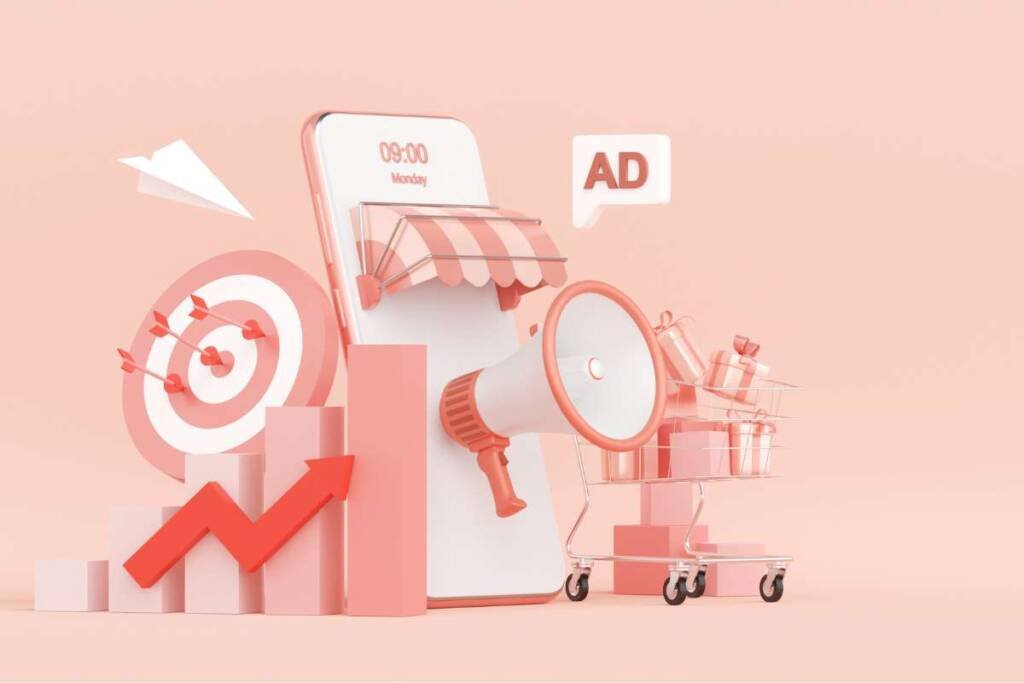In July, AbbVie’s Skyrizi maintained its position as the top pharma drug ad spender for the second consecutive month, but the overall spending on pharmaceutical drug ads witnessed a sharp decline. Skyrizi, one of AbbVie’s successful Humira follow-ups and a major immunology blockbuster, is on track to compete for the 2023 crown, leading the charts in both June and July. However, there was a $3.4 million drop in ad spending for Skyrizi in July, bringing the total spending to $23.2 million.
In the second spot was Sanofi and Regeneron’s Dupixent, another popular immunology drug. Although they ran ten ad spots in July, the overall spending on Dupixent ads slightly decreased to $20 million, down from $21.4 million in June.
AbbVie’s second Humira follow-up, Rinvoq, secured the third position. Beyond the top three, GSK’s respiratory disease therapy Trelegy rose to its highest position of the year at fourth place.
In fifth place, AbbVie invested in a less common drug, Vraylar, used for bipolar disorder and major depressive disorder. Vraylar was not listed in June but made its way into the rankings in July.
Moving on to sixth place, Eli Lilly and Boehringer Ingelheim’s aging diabetes drug, Jardiance, retained its position. The advertising spending for Jardiance increased to $9.8 million in July, compared to June’s spending of $9.2 million.
In the seventh spot, AstraZeneca’s diabetes and kidney disease drug, Farxiga, made its presence felt, although it was not listed at all in June.
Eli Lilly’s newly approved diabetes therapy, Mounjaro, maintained its eighth position in July. Roche’s multiple sclerosis drug Ocrevus saw a significant surge in ad spending, reaching $7.6 million in July, up from $2.1 million in June, securing the ninth spot.
Completing the top 10 was Novo Nordisk’s oral therapy, Rybelsus. However, Rybelsus experienced a considerable drop of six spots from its position in June, and the advertising spending plummeted from $18.3 million to just $7 million.
Overall, the total spending on the top pharmaceutical drug ads in July was only $126.3 million, a substantial decline from the $163.2 million spent in June and a significant drop from the peak spending of $203.1 million in May.
This decline in ad spending indicates a possible shift in pharmaceutical marketing strategies and reflects the competition and challenges faced by drug companies in promoting their products effectively in a rapidly evolving market.





























